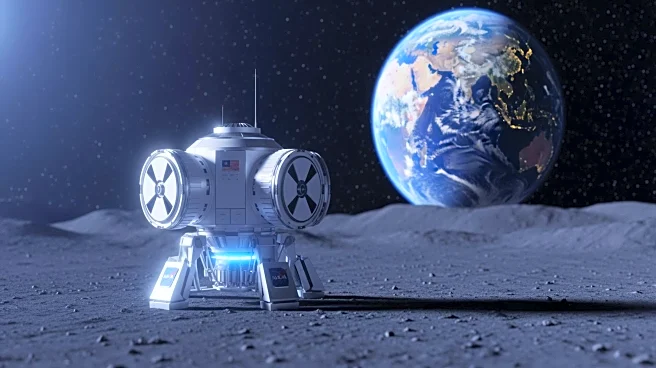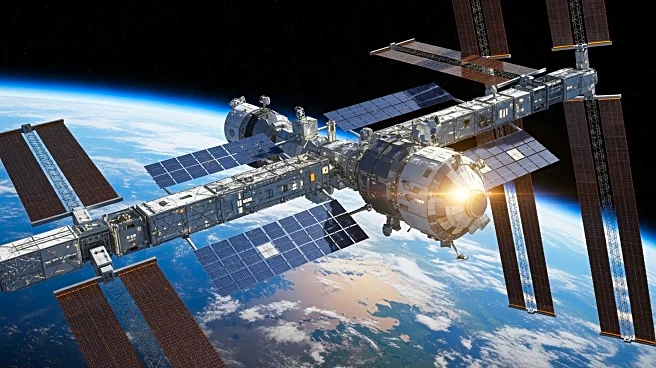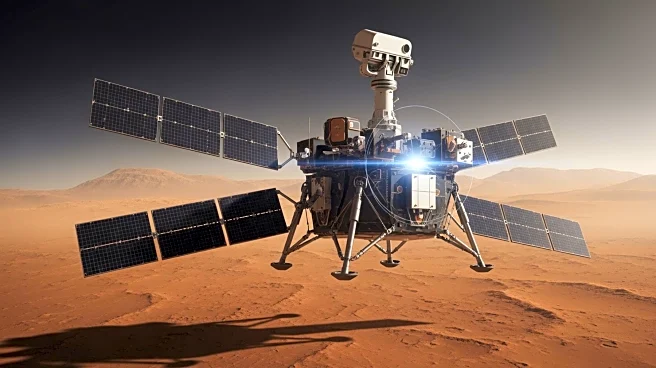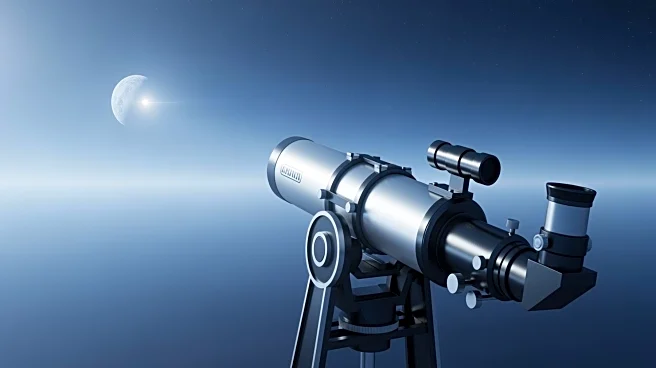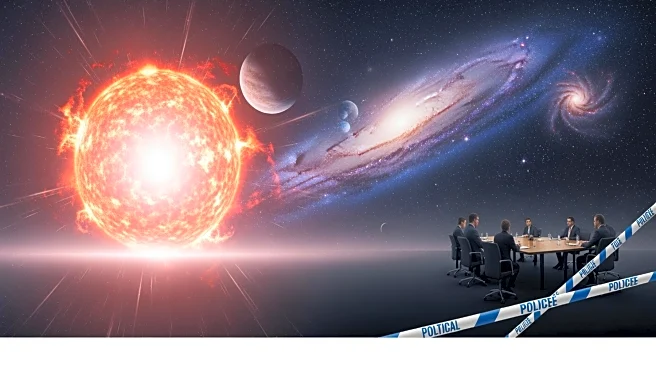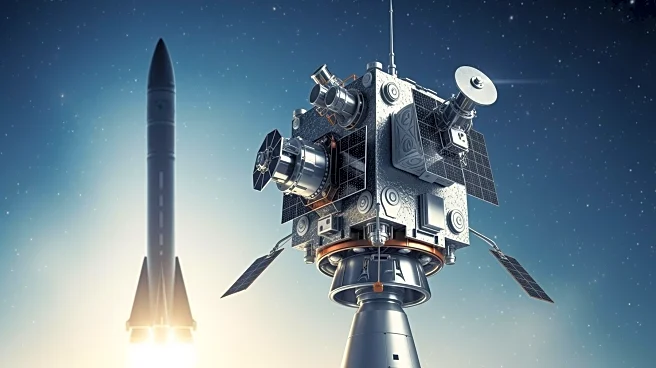What's Happening?
NASA is exploring the possibility of deploying a nuclear reactor on the moon by the end of this decade. The agency aims to place a 100-kilowatt microreactor on the lunar surface within the next five years.
This initiative is part of NASA's broader strategy to support industrial-scale work in space, which could significantly enhance the agency's capabilities for long-term lunar missions. The reactor would provide a reliable power source for various operations on the moon, reducing dependence on solar power, which is less effective during the lunar night.
Why It's Important?
The deployment of a nuclear reactor on the moon represents a significant advancement in space exploration technology. It could pave the way for sustained human presence on the lunar surface, supporting activities such as scientific research, resource extraction, and potentially even the establishment of lunar bases. This development could also have implications for international space policy and collaboration, as other countries may seek to develop similar capabilities. Additionally, the technology and expertise gained from this project could be applied to future missions to Mars and beyond.
What's Next?
NASA will likely continue to refine its plans and conduct feasibility studies to ensure the safe and effective deployment of the reactor. The agency may also seek partnerships with private companies and international space agencies to share the costs and technical challenges associated with this ambitious project. As the timeline progresses, NASA will need to address potential regulatory and safety concerns, particularly regarding the transportation and operation of nuclear materials in space.
